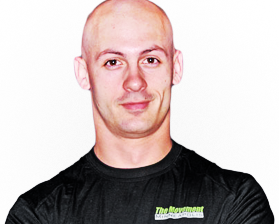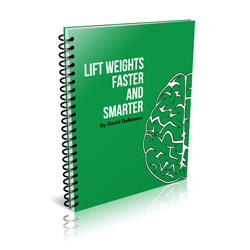
Imagine a bank account whose balance grows every day. The amount varies based on various factors like your balance and some of your financial decisions, but no matter what it always gets money deposited into it every day.
This bank account has a couple more interesting features. You can spend as much as you want out of it, and it will still be continuously replenished. There is only one “catch” so to speak. If you spend into the negative, your balance will still grow but you will be required to pay 50% interest on what you spend past your available balance. What’s more you won’t know when the bank is going to ask for the repayment.
Would you sign up for this new type of account the financial wizards of Wall St. have come up with?
Believe it or not, this is a fitting analogy for the body and how it handles stress. Your body is very much like a bank account that is constantly being replenished. Provided you go to sleep at night, you wake each morning restored, renewed, and on some level better than before depending on what you “spent” on stresses the day before.
Here’s the other important similarity. Your body, like your bank account, doesn’t differentiate what you spend money, or stress, on. Necessary expenses diminish your bank account just as frivolities do, and your body doesn’t distinguish stress either. Your boss yelling at you carries roughly the same amount of cost as a workout. It’s all stress.
It’s not good, or bad, it’s just stress.
But not when you go into a negative balance – whether it be by necessity or carelessness – you will pay for it.
Undesirable body composition, unexplained illnesses, lethargy, poor output or performance are the costs, the high interest repayments that you must make for spending past your limit.
On the other hand, if you take your available balance into account and only spend (apply stress) within your limits your balance grows and grows. You get better and better all the time without paying the high cost for overdoing it.
The better you account for the myriad stressors in your life and training the better your training progress will be. This is not one of those “try this, it might work for you” statements. This is an absolute fact. How exactly you do that is up to you, and there are various solutions.
You’ve already got the bank account that replenishes itself every day. All you have to do is be careful with your spending.
P.S. I created a companion product to Lift Weights Faster called Lift Weights Faster and Smarter to address this exact idea because I see too many people spending willy-nilly with their conditioning workouts. Well-designed workouts can only take you so far when they are not programmed specifically for YOU and what is going on with YOU at this very moment.


